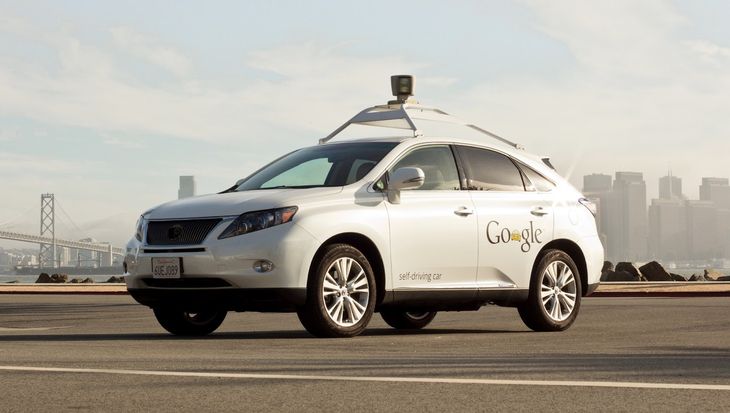Technological development advances at a vertiginous rhythm, and the Artificial Intelligence (AI) It is positioned as one of the most disruptive tools of our era. From virtual assistants who answer questions, such as Chatgpt and Geminieven systems capable of creating medical images or diagnoses, this digital instrument is already part of everyday life.
However, one of the most shocking advances, which is not exempt from controversy, is its incorporation into the automotive industry: Autonomous vehicles. A technology that promises to revolutionize the way we move.
Companies around the world are investing millions to design cars that do not need a person behind the wheel, trusting Sensors, algorithms and neural networks to move in shape Safe. In this scenario, the Taxis and driver -free platform services, such as Uber, are presented as a possible alternative To traditional transport, generating both enthusiasm and doubts: how do they work?
Auto without driver 6.jpg
Autonomous driving: security, future and technology
Self -employed cars, also known as Automatic driving vehiclesthey work thanks to a set of technologies that combine Sensors, cameras, radars and AI systems capable of interpreting the environment in real time. These elements allow you to make decisions such as stop, accelerate, turn or dodge obstacles, without the need for human intervention.
Among the most outstanding advantages, is the Accident reduction caused by human error, which represent more than 90% of road accidents, according to international data. In addition, they could improve the Urban mobilityoptimizing the transfer times and reducing congestion and traffic; and represent an opportunity for people with reduced mobility, which could access a more inclusive transport.
Auto without driver 4.jpg

However, the progress of this technology is not separated from controversies. One of the main disadvantages lies in the public distrust in front of a vehicle that is handled alone, added to the cyber security riskssince autonomous cars work connected to digital networks and could be vulnerable to attacks and Hackeos computer scientists
In turn, its implementation could generate a negative impact on the employment Within the transport sector, especially between drivers and professional drivers.
As for their arrival in the world, autonomous cars are no longer just a laboratory experiment. Companies like Waymo (from Google), Tesla, Cruise or Baidu have been conducting tests in cities such as San Francisco, Phoenix or Shanghai.
Auto without driver 3.jpg

In Europe, the progress also begins to be seen in cities like FrankfurtGermany where the company Mobileye (of Intel) will begin operating with Taxis without driver at the end of this 2025. These vehicles will be monitored from a Control Center remote, which will allow acting quickly to any eventuality.
The future expectation is that they progressively integrate into the Urban Transport Systemliving with traditional vehicles and with human presence in key situations. Although there are still legal and technical aspects to solve, the trend is clear, AI is taking the steering wheel, and the world is already preparing for a new way of moving.
Source: Ambito
I’m a recent graduate of the University of Missouri with a degree in journalism. I started working as a news reporter for 24 Hours World about two years ago, and I’ve been writing articles ever since. My main focus is automotive news, but I’ve also written about politics, lifestyle, and entertainment.




